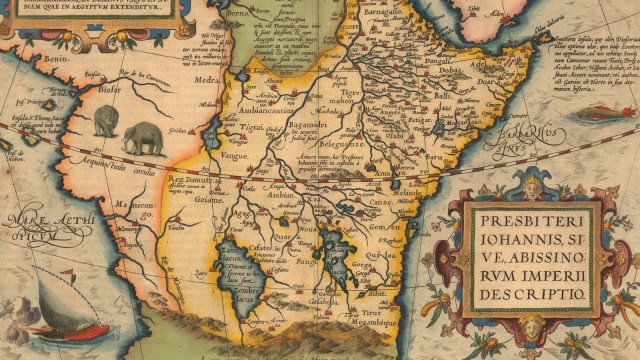450 – The United States of Brooklyn, NH
n
.
n
Strange Maps is partial to a nice bit of comparative geography, as demonstrated by earlier posts like #101, #131, #377 or #390. The list is non-exhaustive, and just got longer. We couldn’t resist this size-comparative infographic of the US and its population.
n
.
n
The US is one of the world’s biggest countries, with one of the world’s most numerous populations [1]. The 23rd Census of the United States [2], now under way, will provide us with updated information on the current size of America’s population, but until then, let’s assume – as this map does – that the country is inhabited by about 300 million people. With a total area of 3,794,101 sqare miles, that gives the US a population density of approximately 79 Americans per square mile.
n
.
n
That’s far less than the world’s most crowded place, Macau (48,003 inh./mi2) but also way above the world’s emptiest one, Greenland (0.006 inh./mi2). The US ranks somewhere in the less densely populated third of the list of countries and territories, in the same neighbourhood as the DR of the Congo (76 inh./mi2) and Latvia (90 inh./mi2). For comparison’s sake: Canada, America’s bigger, emptier neighbour to the north, has a density of just 8.8, while Mexico stands at 142 inh./mi2.
n
.
n
The European Union, with a total area of 1,669,807 square miles and an estimated population of just over 501 million, has a density of 300 to the square mile. A lot higher than the US, but then again, the EU doesn’t have an Alaska (the aforementioned Danish dependency of Greenland [3] has elected not to be a part of the European Union).
n
.
n
National population densities are of course averages. Excepting the consistently very crowded Macaus or the almost completely empty Greenlands of this world, each country or territory is divided into significantly more and less densely populated areas. It will surprise few that Alaska is the US’s least populated state (barely 1 Alaskan per square mile. Second least populated? Wyoming, with 5 inhabitants per square mile). At the top of the list is New Jersey (1,138 inh./mi2, followed by Rhode Island with 1,003 inh./mi2).
n
.
n
These are small states on the crowded East Coast, but even their average density is weighed down by relatively rural areas. For really high densities, take Brooklyn, the most populous of NYC’s five boroughs (2.56 million), with a surface of 71 square miles, which works out to a whopping 34,916 inhabitants per square mile.
n
.
n
Now, what if the whole population of the US would live in such a cheek-by-jowlish manner? How much space would they need? Texas? Nope. California? Think again. Pennsylvania? Nu-uh. Florida? Nice try. New Hampshire. That’s how much, or rather: how little space would be needed. The state would be ruined, though (imagine a Brooklyn-like sprawl of that size), but the rest of the country would be green and pleasantly devoid of people! As the legend to these maps point out, a further advantage would be that all Americans would be neighbours. Somehow, that does not sound like a very good idea. And I’m sure there’s one or two other things wrong with this plan…
n
.
n
Many thanks to Sarah Chadwick for sending in this map, found here on AfterElton.com, a website dedicated to news, reviews & commentary on gay and bisexual men in entertainment and the media.
n
——
n
[1] respectively, the fourth (after Russia, Canada and China) and the third (after China and India).
n
[2] A National Census has been held every 10 years since 1790. More information on the current one on the 2010 Census homepage.
n
[3] with a population of about 57,000, Greenland is about equal to Galveston, TX – the 582nd most populous place in the US according to this page at the US Census Bureau. As the world’s largest island, however, it would take only 4.5 times Greenland’s land mass to fill out the entire United States.
n






